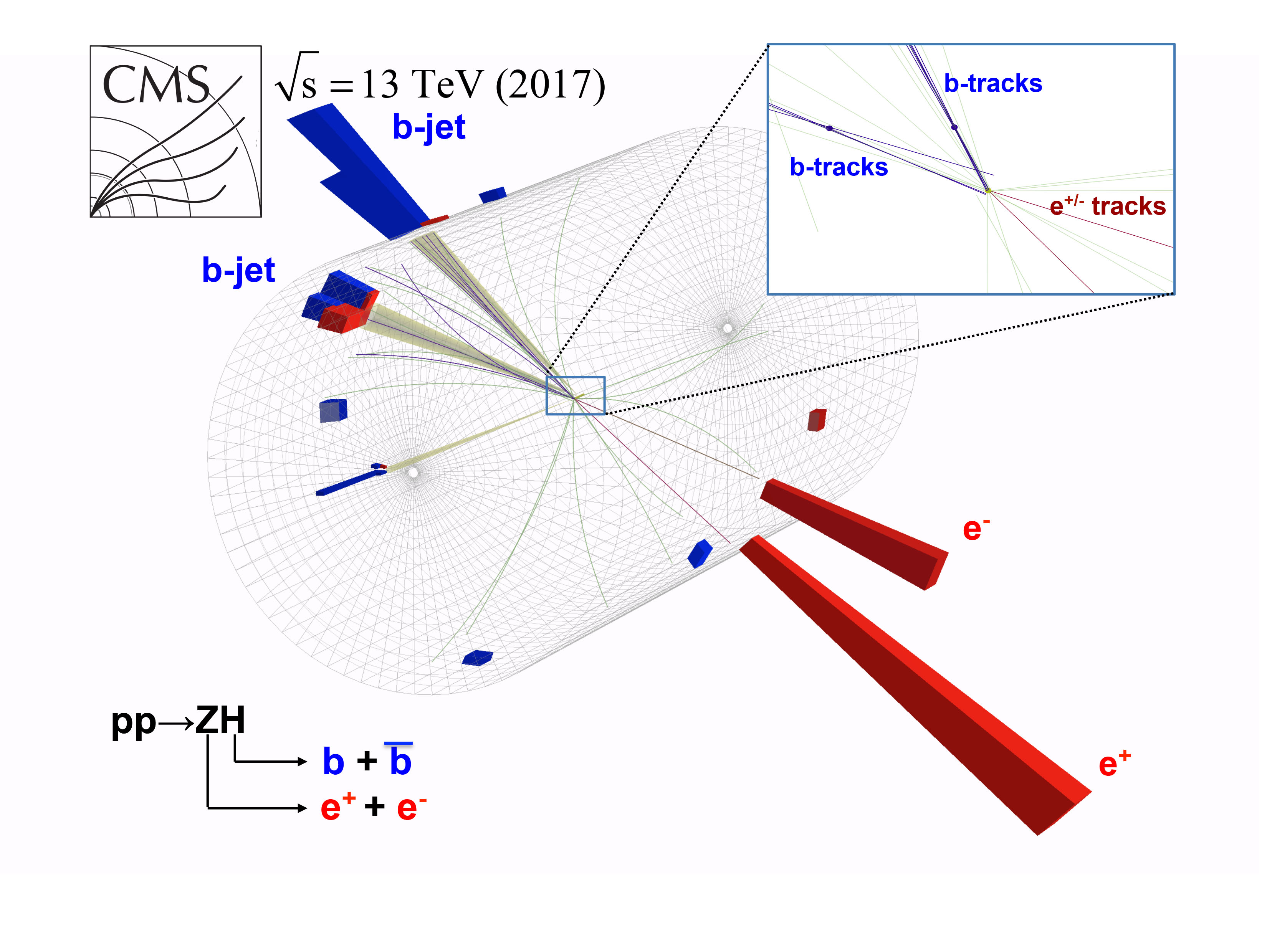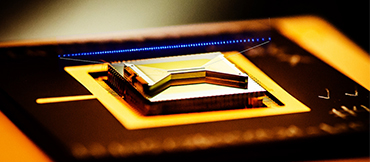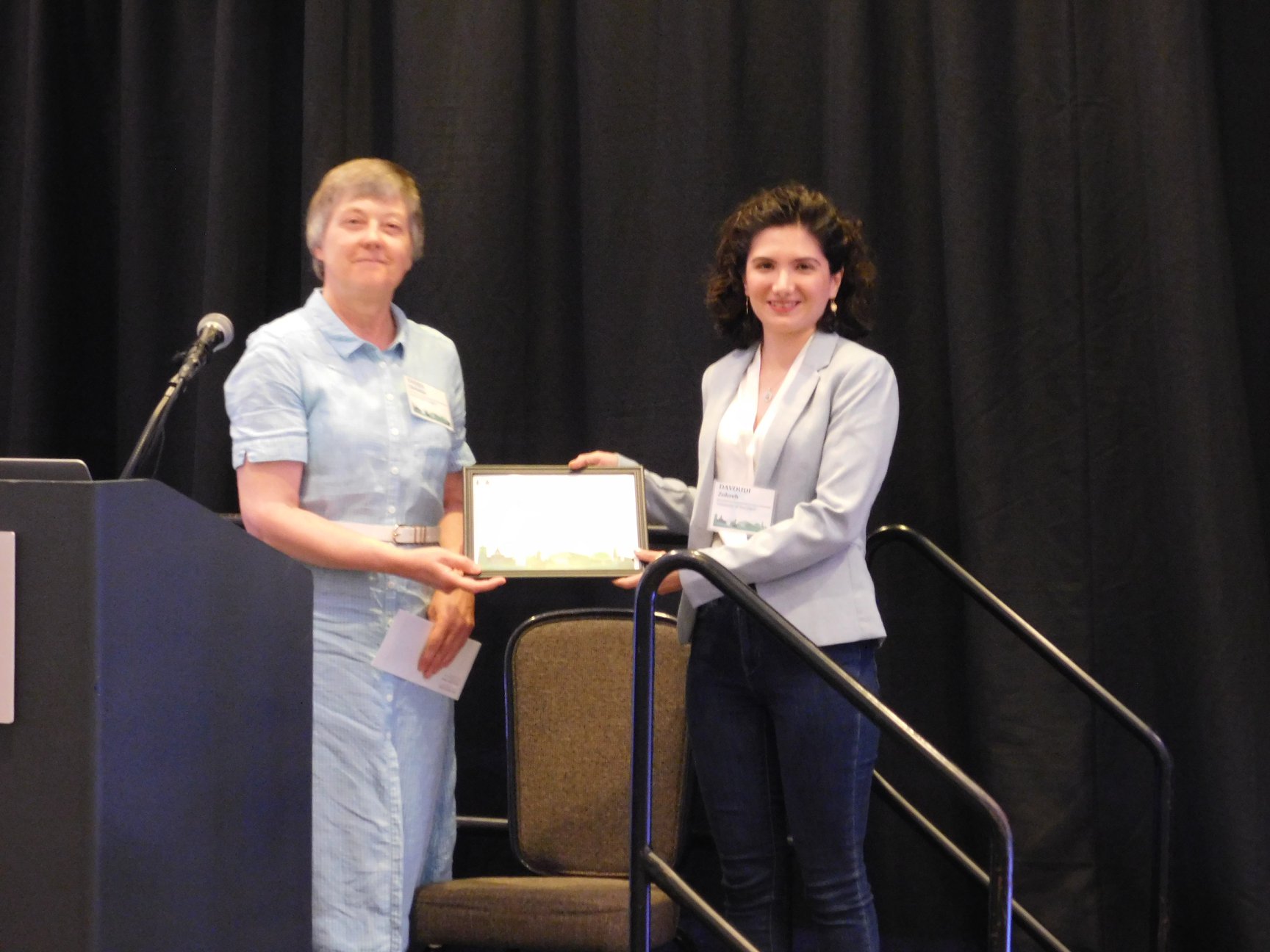Inaugural Schmidt Science Fellow Joins CNAM
- Details
- Category: Department News
- Published: Tuesday, August 28 2018 15:29
Wes Fuhrman, who recently completed his Ph.D. at Johns Hopkins University, has joined the Center for Nanophysics and Advanced Materials (CNAM) to conduct a one-year research program funded by the Schmidt Science Fellowship program. Fuhrman was one of 14 fellows chosen from 220 applicants for the first round of Schmidt funding.
Fuhrman received his bachelor’s degree at the University of California, Irvine, focusing on magnon decay dynamics and quantum game theory. At Hopkins, his interests turned to strongly interacting topological materials. This is also a focus area for CNAM researchers, making UMD an ideal place for Fuhrman to carry out a highly collaborative, multi-disciplinary research program focused on exploring the prospects of new technologies based on topological and correlated electron materials.
About the fellowship:
Schmidt Science Fellows, in partnership with the Rhodes Trust, aims to develop the next generation of science leaders to transcend disciplines, advance discovery, and solve the world’s most pressing problems. Schmidt Science Fellows was launched in 2017 by Eric and Wendy Schmidt and is a program of Schmidt Futures, delivered in partnership with the Rhodes Trust. The program has an initial commitment of at least $25m for the first three years.
The fellowship includes a $100,000 stipend and participation in a global meeting series. According to the program, fellowship recipients choose “leading laboratories at elite institutions that conduct exciting new research."


